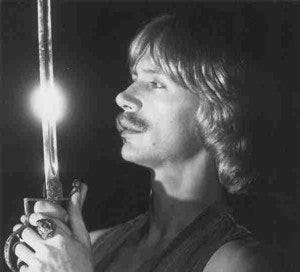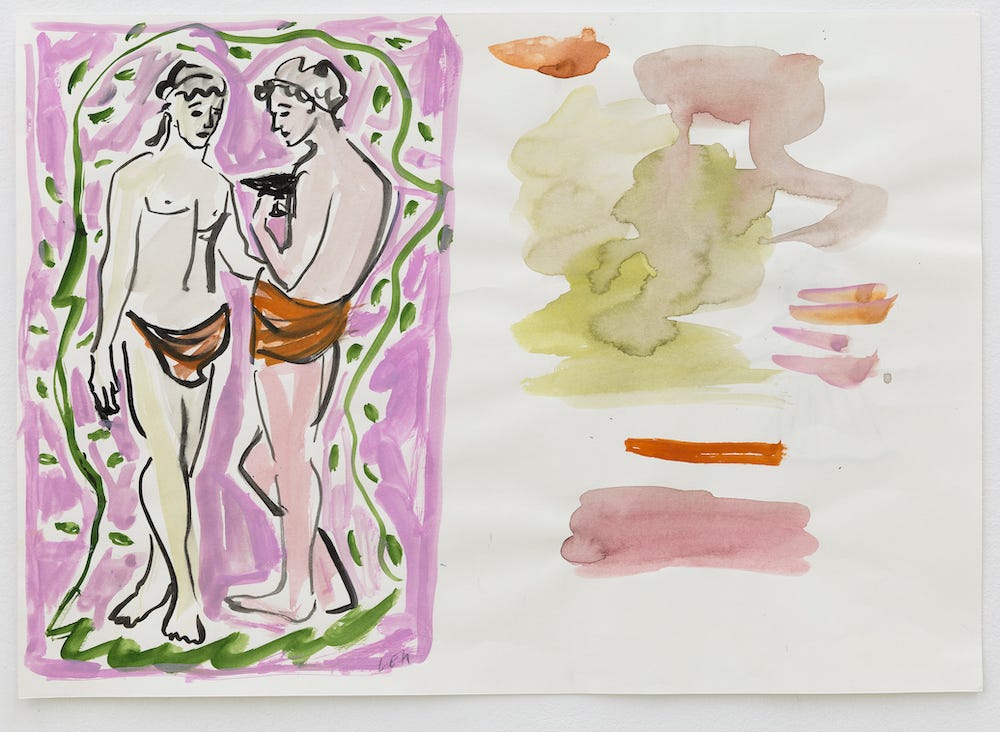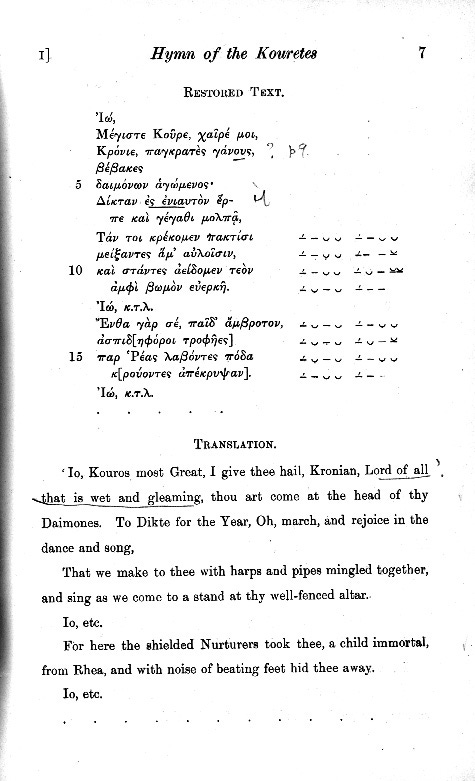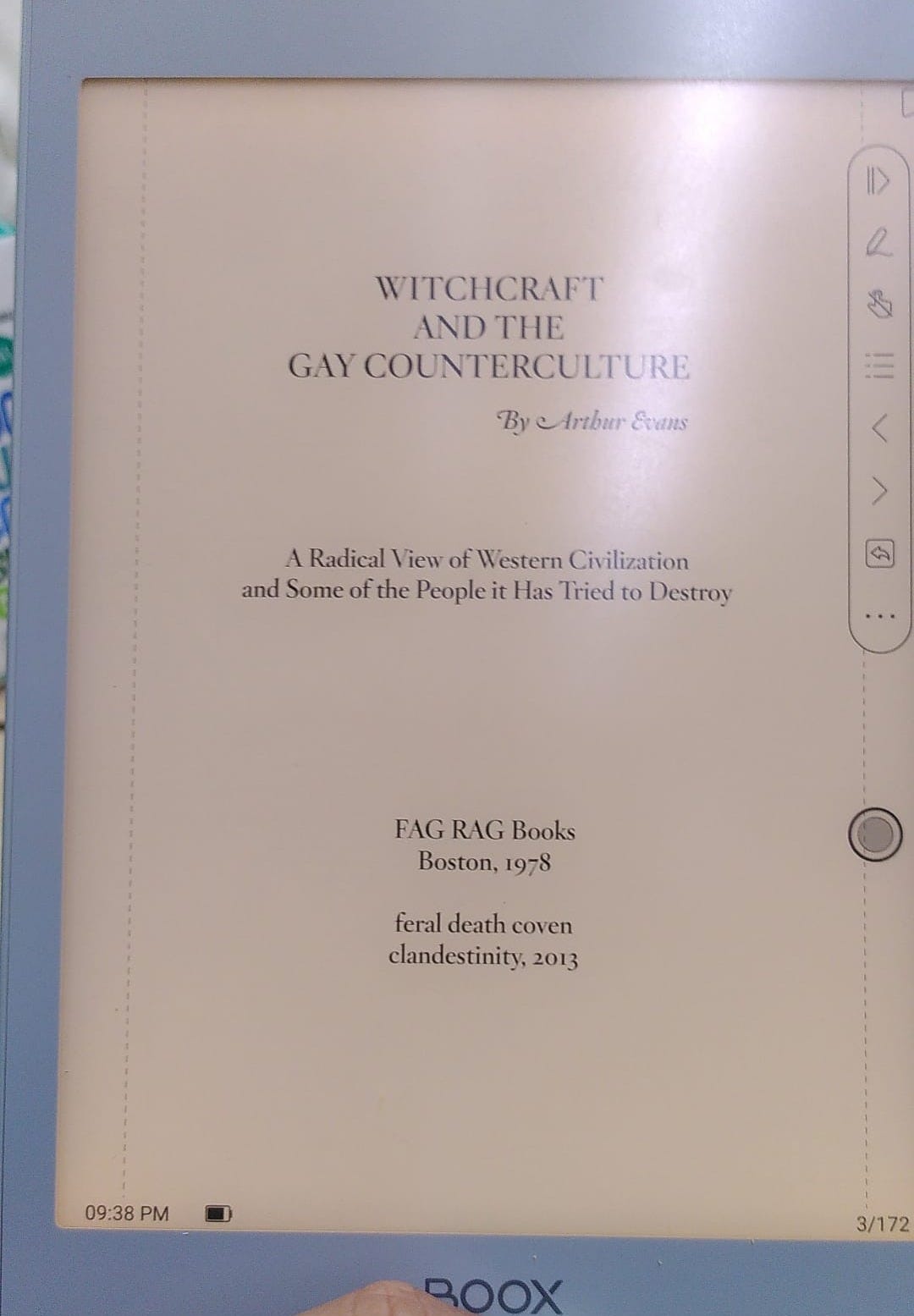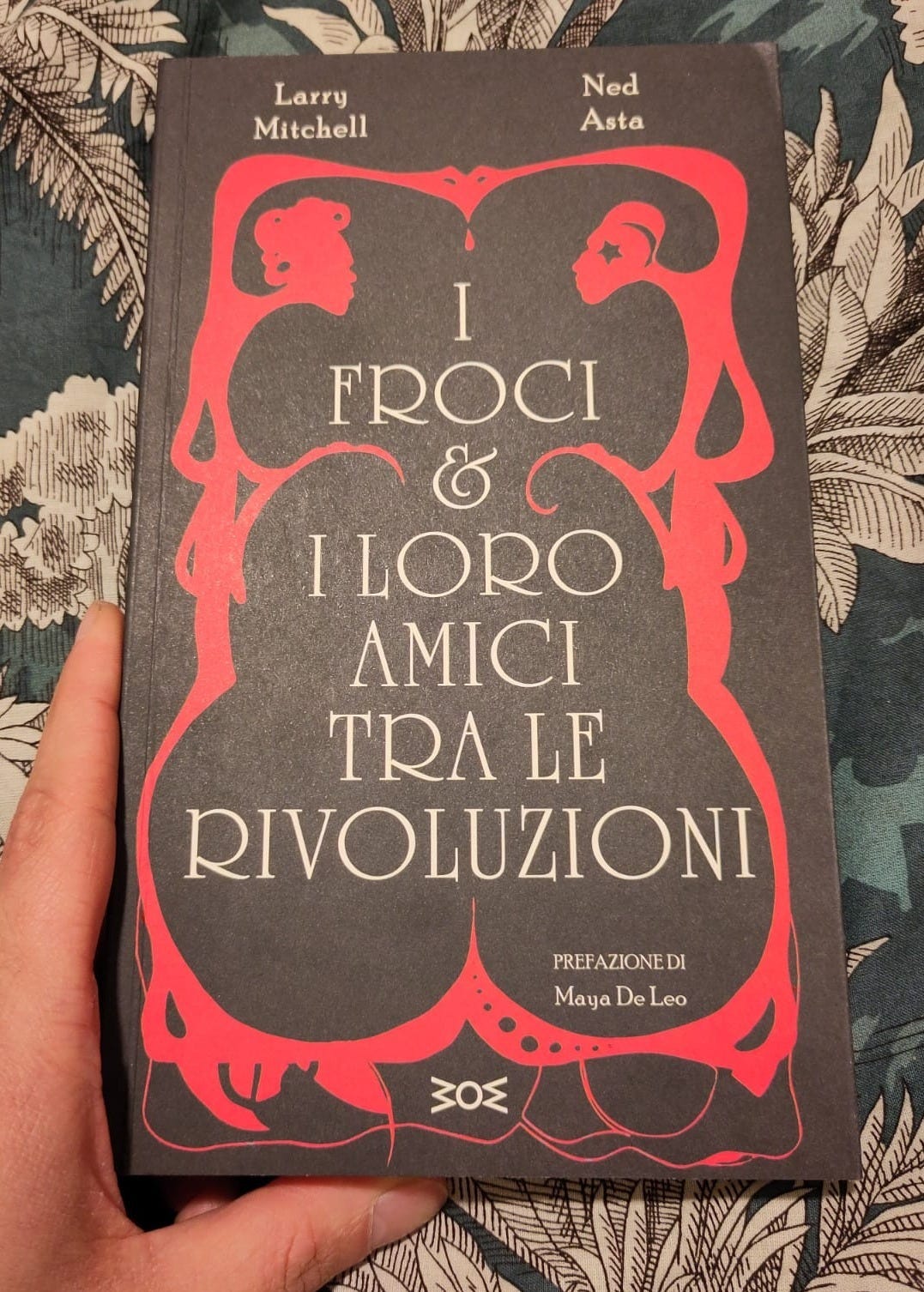"Thirteen young men walking in the temple, an empty and silent place. The full moon reigning supreme on the sky that night, surrounded by little stars. It was a moon of power, sharing magic with her light. They were still walking in the dark halls of the temple. Not only empty and silent, but in ruins. The beauty made by human's taken by the Time, lord of us all. The silver light coming in from the large windows. Roots and roses growing from the ground, crows chanting their runes... Nature was invading that place. And the men were still walking, with their satin robes shining with the candle's flame. They walked for a while, going to the hidden corners of the temple. The moon wasn't there anymore, neither the crows, the roots nor roses. But there was a door, red as the devil's lips, and the guardian was in front of it. "Come my lovers. It's time now" The altar in the center of the ceremonial room, and the shining goblet of holy water, sparkling as starlight. The Guardian was standing behind the altar and the men were side by side, in front of him. They were ready to continue: Opening the red book. The Guardian put His hands above the water. Sealing the act with a silent prayer One by one The men came to drink. Together, Lips with Lips Sealing with kisses Their new Brotherhood. The initiation was complete." - H.Gibaldi
A curious finding -
Three years ago I had the opportunity to live in Paris for six months. The brand that I work for was about to open a pop-up store there, and I was invited to stay in the city during the whole period. The experience in itself was out of this world, with all the things I was able to explore and experiment during my time there. But one particular coincidence (or synchronicity) has a special place in my heart.
Book lovers who went/live in Paris might know the Shakespeare and CO. store and their amazing collection of all kinds of books. While browsing the store one book instantly caught my attention: ‘Queer heroes of myth and legend: A celebration of gay Gods, sapphic Saints and queerness through the ages.’ By Dan Jones. The title is pretty much self-explanatory. It’s a collection of myths, stories and historical accounts related to queerness. And to my surprise, there was a chapter dedicated to the Minoan Brotherhood, a neopagan Tradition that I happen to be a Priest of.
Eddie Buczynski: drawing down the Bull of Heavens -
Although not very well known by the mainstream, Eddie was a prominent figure and activist for gay rights within the NYC pagan scene in the 70’s. Coming from a working-class background, Eddie was always in line with counter-culture movements and soon found his place in Greenwich Village where he could be himself.
Since his childhood, Eddie always had a calling for spiritual service, and originally wanted to be ordained as a Catholic priest, before abandoning the church for their mistreatment of queer people. His desire for a deep spirituality, and his life in the alternative scene in the Lower East Side would lead him to pursue the neopagan and modern witchcraft movements that were growing in the US.
He became a member of the Church of the Eternal source, a form of Egyptian neopaganism of the time, before engaging with the Welsh tradition of Lady Gwen Thompson, allegedly a hereditary family tradition coming all the the way to the Salem witch trials (yes, people were still playing this card back in the 70’s). Eddie would then leave the tradition less than amicably after refusing Lady Gwen’s romantic advances.
After the Welsh tradition, he found his way into Gardnerian wicca/witchcraft until completing his training and achieving High Priesthood. Eddie would become the coven-leader of the “Brooklyn Heights Coven of Witches” with Lady Rhea as High-Priestess, until Craft politics and witch-wars of the period made him distance himself from the mainstream Craft community. Eddie’s struggles were somehow always related to his sexuality, dealing with the homophobic tendencies of the Craft/Gardnerian movements of the time.
Tired of all the drama and attacks, Eddie decided to search and develop a spiritual tradition that not only accepted who he was, but also celebrated homo-eroticism and love as a core aspect. His academic research, occult training and poetic inspiration led to the creation of the Minoan Brotherhood: A modern and homoerotic Tradition of the Craft that celebrates life, magic and nature in the service of the Gods and Spirits of ancient Crete through the Forms of the Great Mother and Her Divine Son.
The mythical inspiration -
“…It is an involvement in a reconstruction of the Pagan Mystery-cult worship of the Great Mother Goddess of the Bronze-age Aegean (circa 2000B.C.) and Her Divine Son, who is the Patron of Male Homosexuality.” - Eddie Buczynski
Eddie formed the Brotherhood while still living in NYC, before the beginning of his studies in archaeology. Which might have led him to be overexcited about theories and pieces of information still considered to be accurate at the time.
Personally, as an initiate, I can see some differences in approach between the two phases of Eddie’s life, with later material being not only occult-inspired but also more related to the academic knowledge of the Aegean and Mediterranean civilizations.
I can see two possible main inspirations from the ancient world that planted the seed of the Brotherhood in Eddie’s mind:
- The Kuretes were a group of warriors/priests/magicians in the service of the Goddess Rhea, and were in charge to protect Her Divine Son, Zeus-Kouros/Velkanos in ancient Crete from His father Cronus. They would beat their spears and shields to hide the young God’s cry and would eventually become His tutors and guides during the God’s life. The young God would then become the Patron of masculine rites of passage, from boyhood to man and warrior, that could have homoerotic undertones
.The first time I came upon this theory was from the book ‘Secondo natura’ by Italian historian and lawyer Eva Cantarella, and later on I was able to find a similar theory presented on the pages of ‘Witchcraft and the gay counterculture’ by Arthur Evans, a book that was also of great philosophical inspiration to Eddie.
- The Sacred band of Thebes was a troop part of the Theban army around 4th century BC, consisting of 150 male couples. The idea behind this particular formation was that, by fighting alongside your loved one, there would be nothing able to stop you from fighting as fiercely as possible to protect your companion.
Most of the content and beliefs of the Tradition are oath-bound secrets, but from these two elements, one mythological and other historical, we can see how the Minoan Brotherhood was conceived to be a mystical fellowship bound by love. A modern and homoerotic Tradition of the Craft that celebrates life, magic and nature in the service of the Gods and Spirits of ancient Crete through the Forms of the Great Mother and Her Divine Son.
The Gay spirit-
“Finally, sick of all the shit flying back and forth from coven to coven (mainly concerning me), along with threats, death curses, slander etc., I decided that, in order to find fulfillment in my religious beliefs, I must find a pagan cult which would welcome me as I am – a proud gay man…” - Eddie Buczynski
Eddie was a product of his time and environment. Besides his knowledge of the occult and his work in academia, most of the pulse of the Brotherhood comes from his struggles as a gay man in a homophobic society.
The already mentioned “Witchcraft and the gay counterculture” by Arthur Evans was of great influence on the activist side of Eddie. Presenting him the idea of a historical social oppression of gender and sexual non conforming people, and how they (we) were related to old practices and pieces of folklore that survived through time, in order to be persecuted as sexual and religious deviants.
Arthur Evans himself was inspired by the Radical Faeries: A counter cultural movement loosely inspired by eco-spiritualism and neopaganism, dedicated to the creation of an alternative gay scene that rejects the consumerist, heavily capitalistic and sometimes toxic tendencies of mainstream urban gay environments. A philosophy that rejects the idea of assimilation and conforming to what is considered to be a ‘proper homosexual’ by straight people.
Another foundational is the “The faggots & their friends between revolutions” by Larry Mitchell, that tells through poetry, short stories and non-linear narratives the tale of the ‘the faggots, queens, faeries, strong women and lesbians’ who together resist the dominion of the dying empire of ‘The men’, through communal living, artistic expression and love.
This cultural background and experience made Eddie completely reject the need to be accepted and assimilated by the Craft community of the time, if it meant that he also needed to hide who he was. Creating almost out of spite, a spiritual community for all those marginalized by the dying empire, as he was also responsible for the earliest tradition of the Craft to go against gender essentialism: The NewYork-Wica tradition, a branch of Gardnerian witchcraft/wicca without the strict gender roles. And although I couldn’t find any tangible record, I’ve heard stories on how Eddie’s lineage was the first to be open to POC in the US during the 70’s
Eddie died because of AIDS related complications, which led many of contemporary initiates of his line to be somewhat active in sharing information and fighting the stigma related to the condition. He was also consecrated as a Saint of the Hollywood Temple of Antinous, another LGBT-focused religion that is very close to me.
The Minoan Brotherhood was born to be (together with many other traditions that came before & later), a spiritual refuge for gay men. As most gay men’s contact with spirituality is through strict and non-accepting dominant religions, most of us tend to reject the idea of a spiritual quest completely. And although I genuinely believe that no one needs to be religious in order to have a fulfilling life, most of us don’t even have the choice, as usually the doors of spiritual communities are often closed to us.
Eddie’s life mission was to give us the choice, if we so desire, to follow the enchanted path of the Spirit.
Love is One, and One is All.

